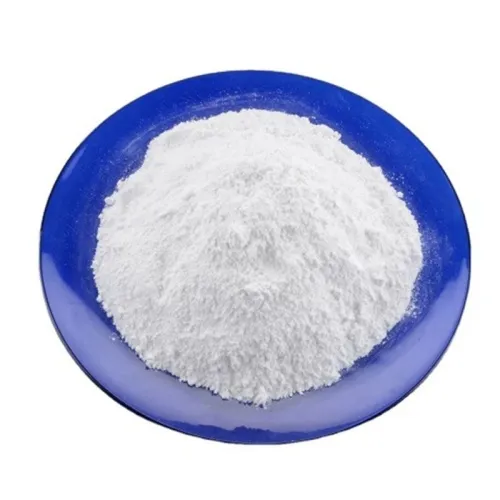Warning: Undefined array key "title" in /home/www/wwwroot/HTML/www.exportstart.com/wp-content/themes/1198/header.php on line 6
Warning: Undefined array key "file" in /home/www/wwwroot/HTML/www.exportstart.com/wp-content/themes/1198/header.php on line 7
Warning: Undefined array key "title" in /home/www/wwwroot/HTML/www.exportstart.com/wp-content/themes/1198/header.php on line 7
Warning: Undefined array key "title" in /home/www/wwwroot/HTML/www.exportstart.com/wp-content/themes/1198/header.php on line 7
- Afrikaans
- Albanian
- Amharic
- Arabic
- Armenian
- Azerbaijani
- Basque
- Belarusian
- Bengali
- Bosnian
- Bulgarian
- Catalan
- Cebuano
- China
- China (Taiwan)
- Corsican
- Croatian
- Czech
- Danish
- Dutch
- English
- Esperanto
- Estonian
- Finnish
- French
- Frisian
- Galician
- Georgian
- German
- Greek
- Gujarati
- Haitian Creole
- hausa
- hawaiian
- Hebrew
- Hindi
- Miao
- Hungarian
- Icelandic
- igbo
- Indonesian
- irish
- Italian
- Japanese
- Javanese
- Kannada
- kazakh
- Khmer
- Rwandese
- Korean
- Kurdish
- Kyrgyz
- Lao
- Latin
- Latvian
- Lithuanian
- Luxembourgish
- Macedonian
- Malgashi
- Malay
- Malayalam
- Maltese
- Maori
- Marathi
- Mongolian
- Myanmar
- Nepali
- Norwegian
- Norwegian
- Occitan
- Pashto
- Persian
- Polish
- Portuguese
- Punjabi
- Romanian
- Russian
- Samoan
- Scottish Gaelic
- Serbian
- Sesotho
- Shona
- Sindhi
- Sinhala
- Slovak
- Slovenian
- Somali
- Spanish
- Sundanese
- Swahili
- Swedish
- Tagalog
- Tajik
- Tamil
- Tatar
- Telugu
- Thai
- Turkish
- Turkmen
- Ukrainian
- Urdu
- Uighur
- Uzbek
- Vietnamese
- Welsh
- Bantu
- Yiddish
- Yoruba
- Zulu
Aza . 02, 2024 09:58 Back to list
'understanding the origin and production process of xanthan'
Understanding the Origin and Production Process of Xanthan
Xanthan gum is a fascinating biopolymer that has garnered significant attention in various industries due to its unique properties and applications. This polysaccharide, produced by the fermentation of sugar by the bacterium *Xanthomonas campestris*, serves as a thickening agent, stabilizer, and emulsifier in food and non-food products alike. To grasp the significance of xanthan gum, it is essential to delve into its origin and the intricate processes involved in its production.
The discovery of xanthan gum dates back to the 1960s when researchers were investigating the properties of *Xanthomonas campestris*, a bacteria known for causing black rot in cruciferous vegetables like cabbage and broccoli. It was observed that this bacterium produced a viscous exopolymer, which was later identified as xanthan gum. What makes xanthan gum particularly interesting is its ability to form a stable gel and retain viscosity across a wide range of temperatures and pH levels, making it an ideal additive in numerous applications.
The production process of xanthan gum is a complex, multi-step fermentation process. Initially, a pure culture of *Xanthomonas campestris* is cultivated in a controlled environment where specific nutrients, typically simple carbohydrates like glucose or sucrose, are provided. The fermentation is typically conducted in bioreactors under aerobic conditions, where the bacteria thrive and multiply. The growth phase is critical, as the conditions need to be optimized for maximum biomass production and subsequent gum formation.
Once the bacteria have reached an optimal density, the fermentation process enters the gum production phase. During this stage, the bacteria synthesize xanthan gum as a protective mechanism against environmental stress. This gum not only serves the bacterium's survival needs but also forms a gel-like matrix that aids in water retention and nutrient absorption in the soil. The duration of this fermentation phase can vary, generally lasting a few days, depending on the desired yield and specific growth conditions.
'understanding the origin and production process of xanthan'

After the fermentation is complete, the xanthan gum is extracted from the fermentation broth. This involves several steps, including separating the bacteria from the broth through filtration and then precipitating the xanthan gum using isopropyl alcohol. The gum is then dried and milled to obtain a fine powder, which can be used in various formulations.
Xanthan gum's versatility extends across multiple industries. In the food industry, it is widely used to enhance the texture and stability of products like salad dressings, sauces, and gluten-free baked goods. It provides a desirable mouthfeel and helps to maintain the consistency of emulsions. In the pharmaceutical and cosmetic industries, xanthan gum serves as a thickening agent in creams and ointments, while in the oil and gas industry, it is utilized in drilling fluids to improve viscosity and fluid loss control.
Moreover, xanthan gum stands out for its ability to be effective at low concentrations, which contributes to its economic viability in production and application. The trend towards natural and gluten-free products has further boosted the demand for xanthan gum, as consumers seek alternatives to synthetic additives.
In conclusion, xanthan gum represents a prime example of how a natural biopolymer can find extensive applicability in contemporary society. Understanding its origin and production process not only highlights the remarkable engineering of nature but also emphasizes the innovative applications that continue to evolve in response to market demands. As research progresses, we can anticipate further advancements in the use of xanthan gum, promoting sustainable practices and enhancing product functionalities across diverse sectors.
Latest news
-
Certifications for Vegetarian and Xanthan Gum Vegetarian
NewsJun.17,2025
-
Sustainability Trends Reshaping the SLES N70 Market
NewsJun.17,2025
-
Propylene Glycol Use in Vaccines: Balancing Function and Perception
NewsJun.17,2025
-
Petroleum Jelly in Skincare: Balancing Benefits and Backlash
NewsJun.17,2025
-
Energy Price Volatility and Ripple Effect on Caprolactam Markets
NewsJun.17,2025
-
Spectroscopic Techniques for Adipic Acid Molecular Weight
NewsJun.17,2025

